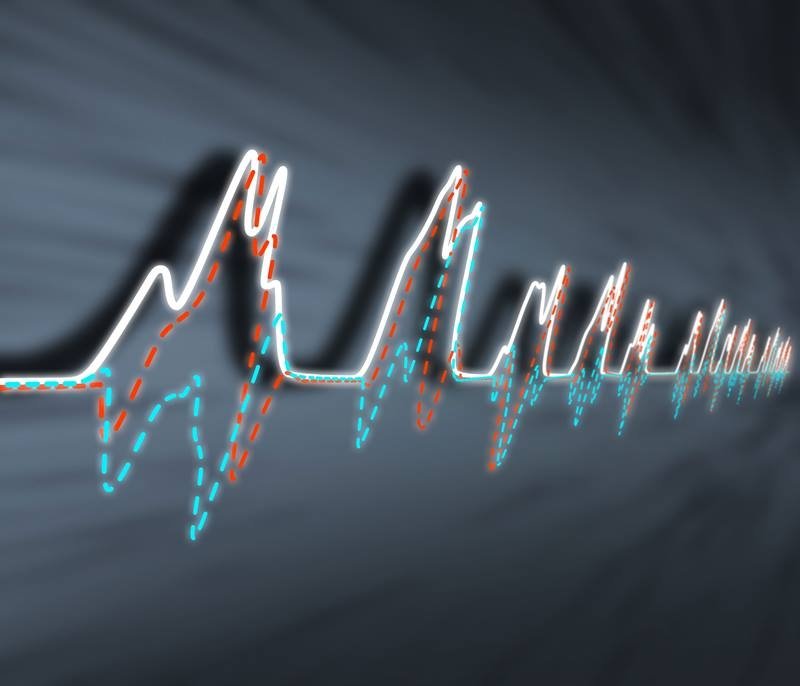| Aug 06, 2022 |
Machine learning reveals hidden components of x-ray pulses
(Nanowerk News) Ultrafast pulses from X-ray lasers reveal how atoms move at timescales of a femtosecond. That’s a quadrillionth of a second. However, measuring the properties of the pulses themselves is challenging. While determining a pulse’s maximum strength, or ‘amplitude,’ is straightforward, the time at which the pulse reaches the maximum, or ‘phase,’ is often hidden.
|
|
A new study trains neural networks to analyze the pulse to reveal these hidden sub-components (Optics Express, "Recovering the phase and amplitude of X-ray FEL pulses using neural networks and differentiable models").
|
|
Physicists also call these sub-components ‘real’ and ‘imaginary.’ Starting from low-resolution measurements, the neural networks reveal finer details with each pulse, and they can analyze pulses millions of times faster than previous methods.
|
 |
| An X-ray pulse (white line) is built from ‘real’ and ‘imaginary’ components (red and blue dashes) that determine quantum effects. A neural network analyzes low resolution measurements (black shadow) to reveal the high-resolution pulse and its components. (Image: SLAC National Accelerator Laboratory)
|
|
The new analysis method is up to three times more accurate and millions of times faster than existing methods. Knowing the components of each X-ray pulse leads to better, crisper data. This will expand the science possible using ultrafast X-ray lasers, including fundamental research in chemistry, physics, and materials science and applications in fields such as quantum computing.
|
|
For example, the additional pulse information could enable simpler and higher-resolution time-resolved experiments, reveal new areas of physics, and open the door to new investigations of quantum mechanics.
|
|
The neural network approach used here could also have broad applications in X-ray and accelerator science, including learning the shape of proteins or the properties of an electron beam.
|
|
Characterizations of system dynamics are important applications for X-ray free-electron lasers (XFELs), but measuring the time-domain properties of the X-ray pulses used in those experiments is a long-standing challenge. Diagnosing the properties of each individual XFEL pulse could enable a new class of simpler and potentially higher-resolution dynamics experiments.
|
|
This research by scientists from SLAC National Accelerator Laboratory and the Deutsches Elektronen-Synchrotron is a step toward that goal. The new approach trains neural networks, a form of machine learning, to combine low-resolution measurements in both the time and frequency domains and recover the properties of X-ray pulses at high resolution.
|
|
The model-based ‘physics-informed’ neural-network architecture can be trained directly on unlabeled experimental data and is fast enough for real-time analysis on the new generation of megahertz XFELs.
|
|
Critically, the method also recovers the phase, opening the door to coherent-control experiments with XFELs, shaping the intricate motion of electrons in molecules and condensed-matter systems.
|

